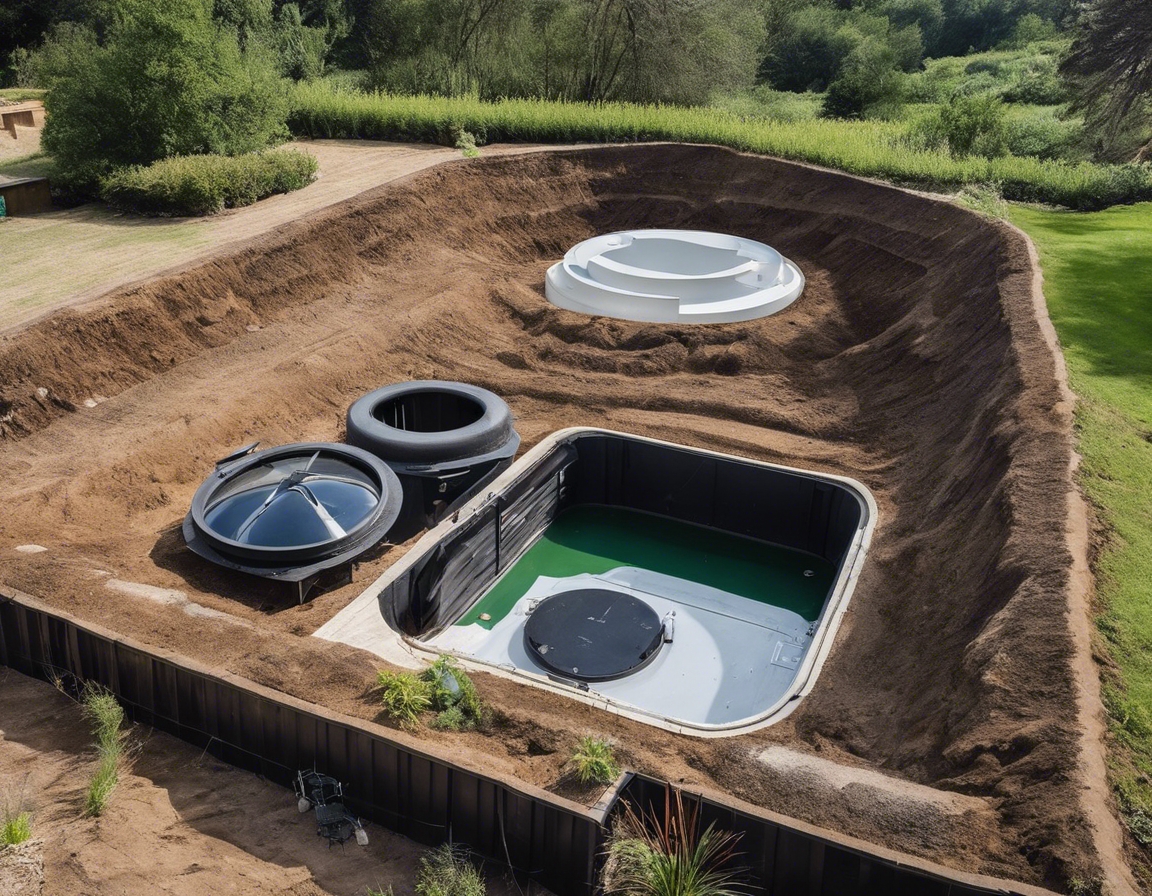The ultimate guide to lawn airing: why your grass needs to breathe
Lawn aeration, also known as lawn airing, is a critical process that involves perforating the soil with small holes to allow air, water, and nutrients to penetrate the grass roots. This helps the roots grow deeply and produce a stronger, more vigorous lawn.
The primary reason for aerating is to alleviate soil compaction. Compacted soils have too many solid particles in a certain volume or space, which prevents proper circulation of air, water, and nutrients within the soil. Aeration can help manage thatch, improve soil structure, and create a healthier lawn environment.
The Science Behind Lawn Aeration
Compaction occurs over time as lawn soil becomes densely packed, reducing its ability to hold air and water. This can be due to foot traffic, heavy lawn equipment, or even natural settling over time. Compacted soil leads to poor root development and can make your lawn more susceptible to drought and disease.
Oxygen is vital for root growth and the overall health of your lawn. Aeration allows oxygen to reach the soil, which helps roots to breathe and grow more efficiently. This, in turn, leads to a more robust and resilient lawn.
Aeration also improves nutrient uptake by the grass and encourages the activity of beneficial soil organisms. These organisms are essential for decomposing thatch and improving soil structure.
Signs Your Lawn Needs Aeration
Common visual indicators that your lawn may need aeration include thinning grass, bare patches, or a spongy feel underfoot, which suggests a thatch problem.
Physical symptoms include water pooling on the surface after rain, difficulty penetrating the soil with a screwdriver or similar tool, and the lawn feeling hard to the touch.
Methods of Lawn Aeration
Spike aeration involves poking holes into the ground with a solid, spike-like tool. This method is less effective than others as it can actually increase soil compaction around the holes.
Core aeration, or plug aeration, removes small cores of soil from the lawn to relieve compaction. This method is generally considered the most effective form of aeration.
Liquid aeration uses a solution that breaks apart soil colloids, or small particles, to create more space for air and water in the soil. This is a newer method that is gaining popularity for its ease of application.
Best Practices for Lawn Aeration
The best time to aerate your lawn is during the growing season when the grass can heal and fill in any open areas after the soil plugs are removed. Typically, this is in the early spring or fall for cool-season grasses, and late spring through summer for warm-season grasses.
For DIY aeration, you can rent an aerator machine or purchase a manual aerating tool. The process involves thoroughly watering your lawn one to two days prior to aeration, then passing over your lawn with the aerator to remove soil plugs.
After aeration, it's important to continue proper lawn care practices, such as fertilizing, overseeding, and watering, to ensure the best results for your lawn's health and appearance.
Professional Lawn Aeration Services
Hiring a professional for lawn aeration can save time and ensure the job is done correctly. Professionals have the right equipment and expertise to effectively aerate your lawn without damaging it.
When you hire a professional lawn aeration service, you can expect them to assess your lawn's condition, choose the appropriate aeration method, and provide follow-up care instructions. They may also offer additional services such as overseeding and fertilization to enhance the health and appearance of your lawn.








Comments (0)